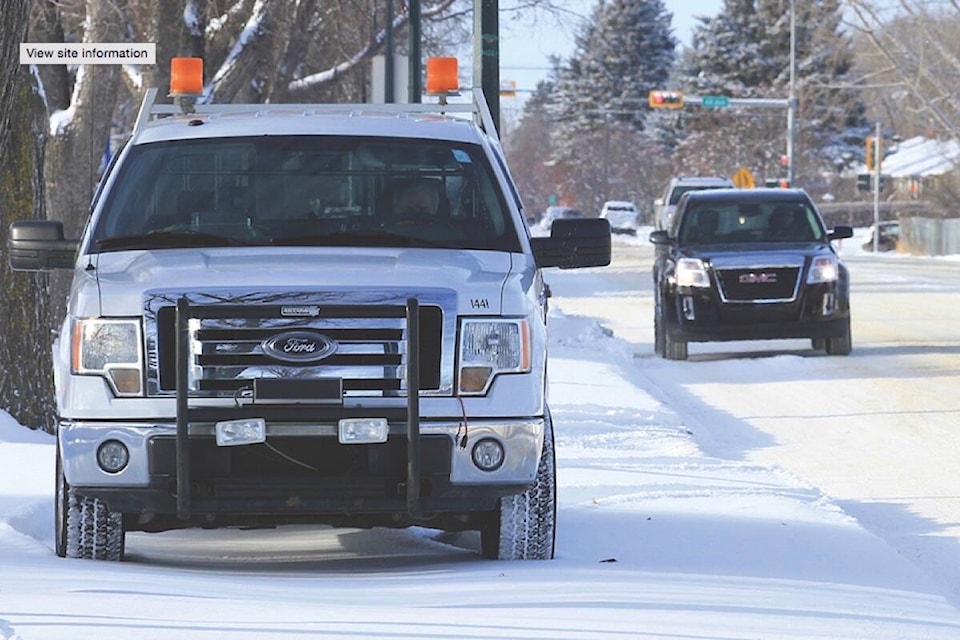The City of Red Deer is looking into transitioning out of the photo-radar program.
Coun. Kraymer Barnstable suggested that a report be done on this by the end of 2024 during the budgeting process — and this received unanimous support from other councillors, who had previously heard the program costs twice as much to run than the revenue it generates.
Municipal Policing Services manager Bart Rowland told council that having an officer stationed monitoring traffic would be more effective since distracted and dangerous drivers could then be pulled over, as well as speeders.
The Alberta government also appears to be souring on photo-radar, as changes were recently made to protect motorists from “fishing holes” — or areas where revenue generation from speeding tickets appears to be the main motive, rather than public safety.
City administrators were asked to come back to council with a report on vehicle-mounted automated traffic enforcement by the end of 2024.
Red Deer city council also approved a resolution to create a new Community Revitalization Levy (CRL) in the downtown to qualify for a provincial loan that would help spark investment and growth.
Red Deer city council agreed to create a CRL zone, after the resolution was introduced by Coun. Lawrence Lee.
Council heard that Calgary, Edmonton, Cochrane and Airdrie are already taking advantage of the provincial CRL loan program.
Here’s how it works: First the city sets up boundaries to create a CRL area. In Red Deer, it could encompass the downtown, Railyards and Capstone neighbourhoods, for example, said Lee.
The province then tallies up all of the property taxes the city collects from existing businesses and residences within this area. Three percent of this total will be loaned to the municipality by the provincial government to incentivize new revitalization and development within the CRL zone.
Lee explained that once the newly built properties start paying property taxes to the city, these additional taxes will be used to repay the provincial loan over the coming years.
Although the maximum repayment period is 20 to 40 years, he noted Cochrane’s revitalization effort was so successful that city was able to repay its loan in just seven years. A huge commercial power centre was created in Cochrane, containing a Sobeys, Petland, and many other stores.
If this program leads to more infrastructure being built in Red Deer — Lee envisions perhaps starting a medical services learning centre — this will also bring more traffic to the downtown. He calls it “a win-win.”
Mayor Ken Johnston sees many positives. “It’s also good timing,” he told council, since Alberta’s Infrastructure minister will soon be paying a visit to the city.
Other resolutions that received council support were suggested by Coun. Bruce Buruma.
Administration will develop a financial management/governance maturity plan that considers sustainability, reviews levels of services in the city, as well as ways of enhancing revenues and uses for reserves. This will come back to council by June 1 to help in the 2025 budget.
As well, administrators will develop a growth strategy for the city by Sept.30.
